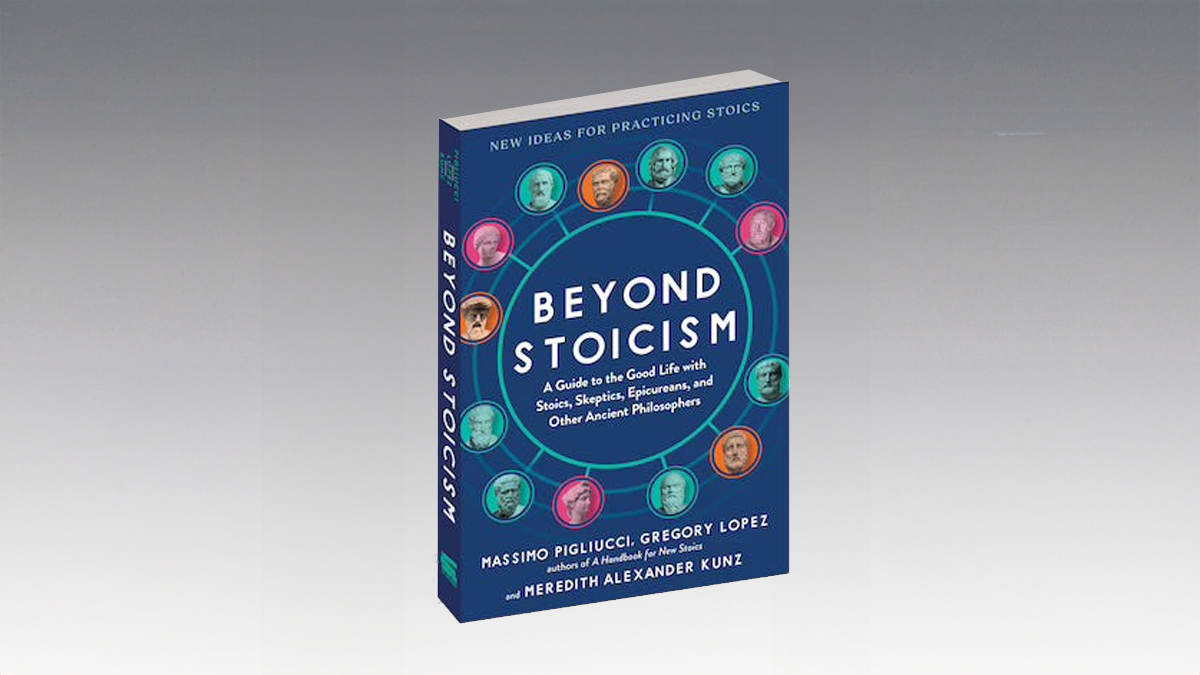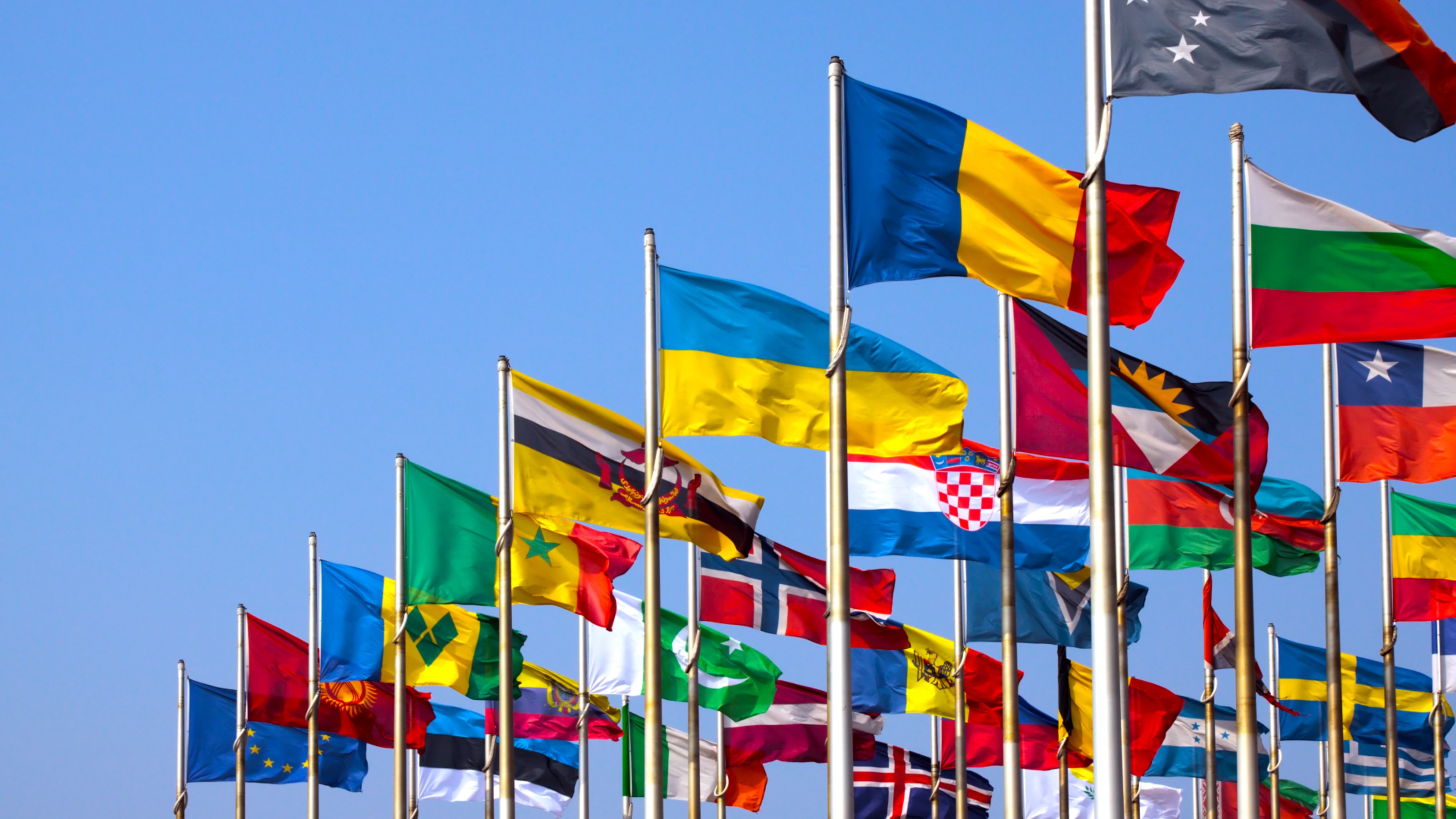Winners and losers: Understand Asia to stay on top of your game

“History is always written by the winners,” goes the saying. It’s also true that history is continually being made, and the identity of the “winner” continually shifts. In his Big Think+ video, “Challenge Western Wisdom,” global strategist and author Parag Khanna states it simply: Where the 19th century brought Europeanization to the world, and the 20th century Americanization, now a more predominately Asian perspective is taking hold, challenging Western ideas about the ways in which business and governance should work. This Asianization constitutes a profound change, and understanding it is important for anyone looking to thrive in the global landscape of the 21st century.
Why Asianization is on the rise
Khanna cites two factors that have resulted in a diminishing of Western influence.
The first is a fragmentation that now characterizes the Western world. In economic terms, there’s no single model that represents the group as a whole — individual nations each find their own place on a spectrum between free-market and social democratic systems. On a political level, the populism currently ascendant in Western democracies has created volatility, exacerbating internal divisions to the point that, as Khanna says, the U.S. and the U.K, in particular, “have fallen a bit afoul of the kind of normative constructs that we tend to think of for a normal country.”
The second reason is simpler: Western economic and political models are far from universal — they apply to just 15% of the world’s population. As such, says Khanna, “they really don’t speak to the experience today of 85% of the world’s population, which are governed in very, very diverse ways.”
Generational change in Asia
The dominance of the Western minority in business and on the global political stage was more palatable to older Asians as a result of 20th-century geopolitical history. Citizens of Japan, Korea, and China viewed the U.S. as a largely benevolent post-WWII, post-Cold War military and economic superpower that afforded stability to the east Asia region.
Younger Asians have grown up with a very different view. To them, the U.S. triumphalism of the last century has been eclipsed by memories, says Khanna, of 9/11, the 2008 economic meltdown, and the rise of populism. To them, the East has been on the rise nearly as long as they’ve been alive, and for them, it makes little sense to defer to Western ideas and practices.
Asian students’ interest in traveling to the U.S. or Europe for higher education is also fading. Part of this is the fact that there’s less need to leave home now: Major American education institutions such as MIT, Yale, Georgetown, and Duke, among others, now have Asian campuses.
What Asianization means
Much of the difference between Western and Eastern views of business and politics lies in the different ways the two cultures view the role of individuals, as explained by Hazel Markus in her Big Think+ lesson, “Conduct Business in Context.” Western systems encourage individualism, whereas the Eastern point of view emphasizes interdependence and promotes the well-being of society as a whole.
Khanna says that Asians look to technocrats from trained elites to govern. American voters, on the other hand, have demonstrated mixed feelings about intelligence and expertise. For the East, competence matters more in a leader than having a strong, colorful individual personality.
In addition, Khanna points out, Asians are “very comfortable” with the state actively managing a country’s economic future. They approve of subsidizing industries, picking and supporting preferred companies, and making it more difficult for foreign entities to compete domestically. This, notes Khanna, is very different from the more hands-off role expected of Western governments, and presents Western businesspeople with a very different context in which to operate, and in which to succeed.
Asianization in general is exposing Americans and Europeans to a very different way of thinking, and it’s important to understand that it’s more an opportunity than an obstacle. The Eastern point of view is the product of thousands of years of civilization, and the result of countless centuries of wisdom — it only makes sense to approach it with the respect and open-mindedness it deserves.




